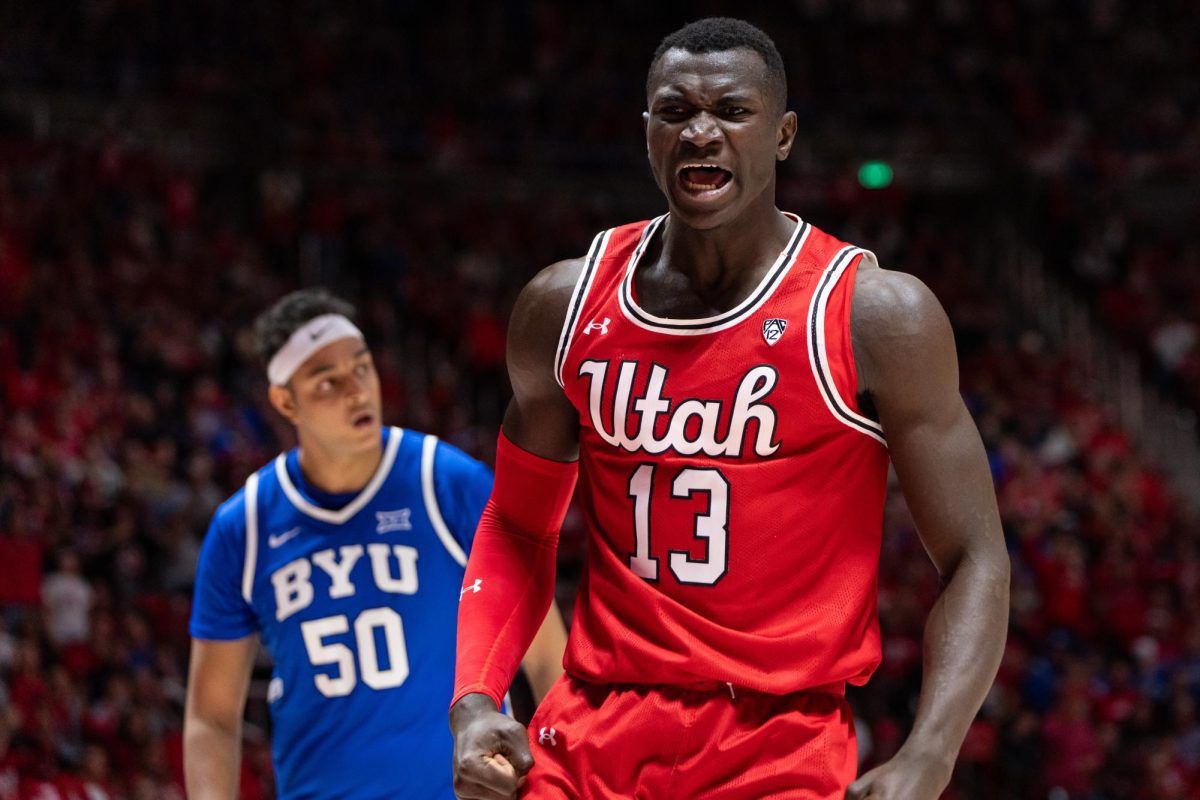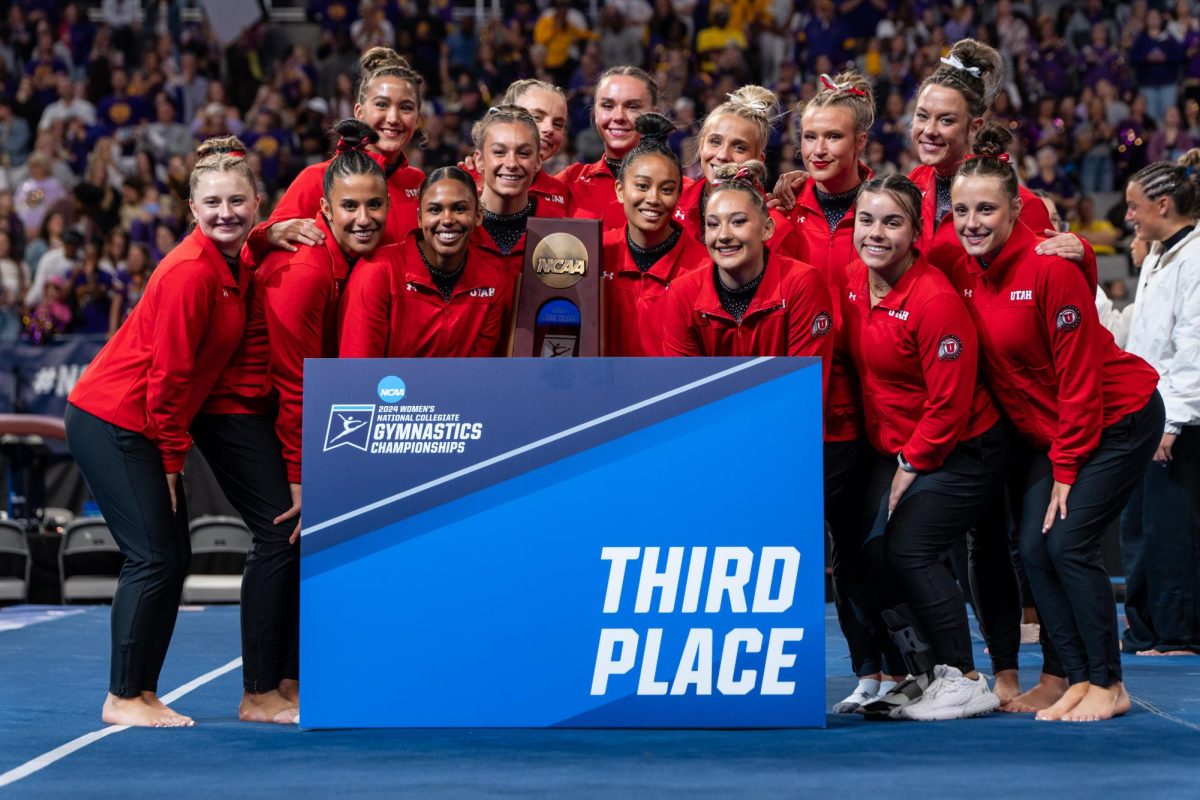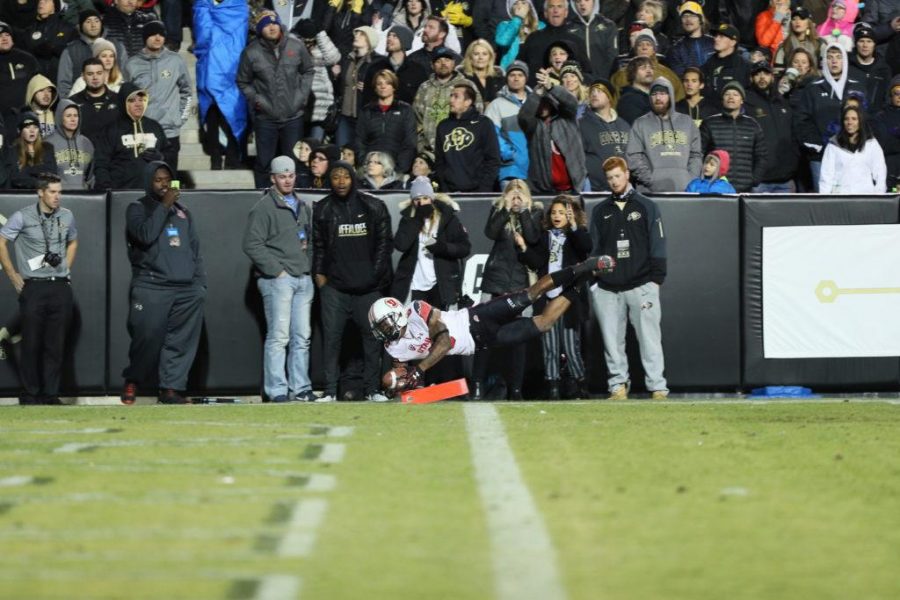During an MLB game in 2010, Detroit Tigers pitcher Armando Galarraga pitched a perfect game with two outs in the top of the ninth inning. Cleveland Indians shortstop Jason Donald was at the plate. A swing, hit and groundball lead to first baseman Miguel Cabrera fielding the ball before quickly throwing it to Galarraga, who went to cover first. The play was executed perfectly and the slow motion video showed Galarraga beat the runner by inches, but the runner was called safe by umpire Jim Joyce — Galarraga’s chance at a perfect game and his name in the record books was over. It was pure human error on Joyce’s end, a call that should not have been missed.
Moments like these frustrate fans and players.
In college football, the use of video replay is growing with hopes to prevent missed calls. For instance, last year during the Oregon and Utah football game, Darren Carrington, former Duck and current Ute, caught a pass in the end zone that appeared to be out of bounds, and it was called that way. But as every Ute fan knows, the call was reversed as the video replay revealed Carrington had his toe in the end zone by less than an inch — a heartbreaking loss in a game that had division hopes on the line.
College football and the NFL are the leaders in using video replay. With Intel’s new freeD Technology in the NFL, replays can show 360-degree views through virtual cameras. Every angle of a play can be seen, and that helps refs to make sure each play is called correctly. In college football, it’s replay command centers that are improving the game as they are slowly finding their way into each conference.
The first conference to use collaborative replay was the ACC and SEC. With replay command centers, the two conferences would use the centers to review certain plays, ensuring that the correct call is made.
Steve Shaw, the SEC’s coordinator of officials, said in an ESPN article in July 2017 that “technology has grown, the expectations have grown, the reviewability of plays have grown and now replay is a critical component of the officiating crew. The collaborative process is just a natural evolution.”
After implementing collaborative replay, Shaw said the SEC showed an 8.2 percent improvement in avoiding wrong decisions.
In an article released by CBS Sports, it was stated that the ACC, which had 24 percent of its reviewable plays reversed in 2015, had 30 percent of its reviewable plays reversed in 2016. Last season, almost 43 percent of the SEC’s reviewable plays were reversed, which was up from 37 percent the previous year.
The truth about the collaborative replay system is that
it works.
From baseball to football, technology has influenced how the games are managed and played. If used correctly, technology can be something that aides in helping determine wins and losses. It can help prevent blown calls, like a perfect game being called imperfect, and it can continue to provide reassurance that the correct calls are made.










